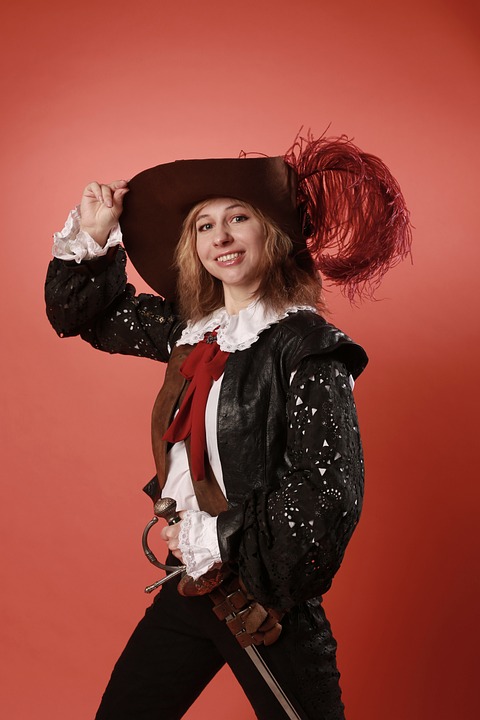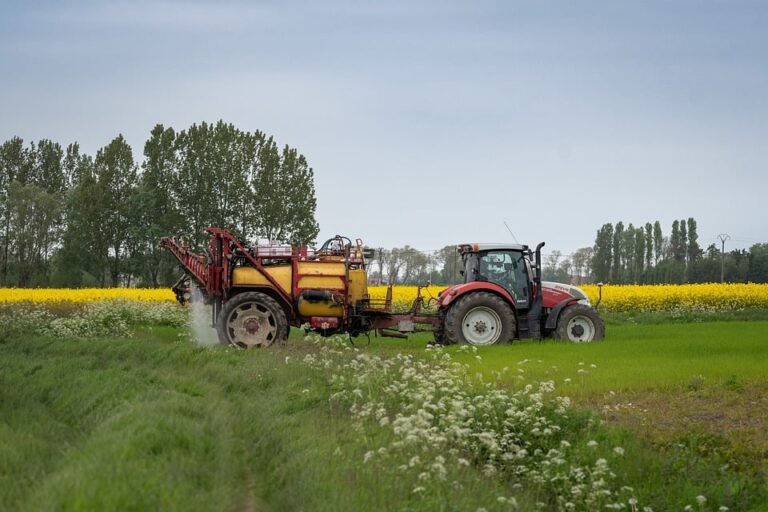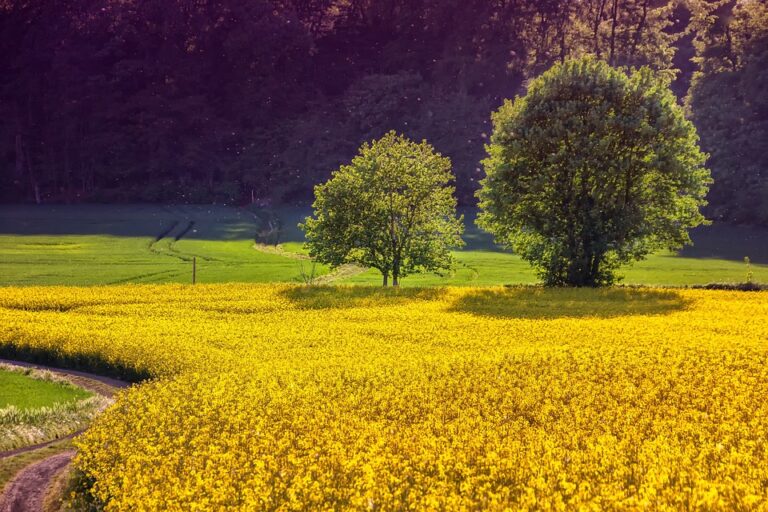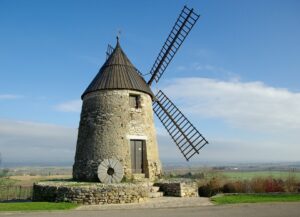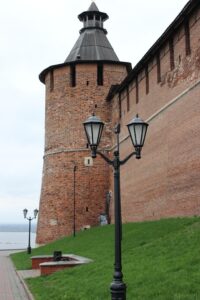Art and Culture in 16th Century Russian Villages
The 16th century in Russia was a time of great cultural and artistic significance, especially in the villages. Traditional crafts and festivals played a crucial role in shaping the identity and traditions of the Russian people during this period. In this article, we will explore the rich art and culture of 16th century Russian villages, focusing on traditional crafts and festivals that were prevalent during this time.
Traditional Crafts
In 16th century Russian villages, traditional crafts were a central aspect of daily life. Villagers engaged in various crafts such as woodcarving, pottery, weaving, and embroidery. These crafts were not only practical, providing essential items for daily living, but they were also a form of artistic expression.
Woodcarving was a popular craft in Russian villages during the 16th century. Villagers would carve intricate designs into wooden objects such as furniture, bowls, and utensils. These designs often featured floral motifs, geometric patterns, and mythical creatures. Woodcarving was a skill that was passed down from generation to generation, with each village having its distinctive style.
Pottery was another common craft in 16th century Russian villages. Villagers would create clay pots, dishes, and other household items using traditional techniques. These pottery items were often decorated with elaborate designs, painted in vibrant colors. Each village had its unique pottery style, reflecting the cultural heritage of the region.
Weaving and embroidery were also important crafts in 16th century Russian villages. Villagers would weave fabrics using traditional looms and needles, creating intricate patterns and designs. Embroidery was used to decorate clothing, household items, and religious icons. These crafts were highly valued for their beauty and craftsmanship.
Festivals
Festivals played a vital role in the cultural life of 16th century Russian villages. These festivals were often tied to the changing seasons, religious holidays, and important events in the village’s history. They provided an opportunity for villagers to come together, celebrate their traditions, and showcase their artistic talents.
One of the most significant festivals in 16th century Russian villages was Maslenitsa, also known as Pancake Week. This festival marked the end of winter and the beginning of spring. Villagers would gather to feast on pancakes, participate in folk dances and games, and burn a straw effigy of winter. Maslenitsa was a time of joy and celebration, with villagers expressing their gratitude for the changing seasons and the promise of new life.
Another important festival in 16th century Russian villages was Kupala Night, also known as Ivan Kupala Day. This midsummer celebration was a time of magic and mystery, with villagers engaging in rituals to ensure fertility, prosperity, and protection from evil spirits. Bonfires were lit, wreaths were woven, and songs were sung in honor of the earth’s bounty and the power of nature.
The Feast of the Intercession of the Holy Virgin was another significant festival in 16th century Russian villages. This religious holiday honored the Virgin Mary and her intercession for the Russian people. Villagers would attend church services, participate in processions, and feast on traditional foods such as blini and honey. The Feast of the Intercession was a time of piety and devotion, reflecting the deep religious beliefs of the Russian people.
In conclusion, the art and culture of 16th century Russian villages were rich and diverse, with traditional crafts and festivals playing a central role in shaping the identity of the Russian people. Woodcarving, pottery, weaving, and embroidery were important crafts that reflected the creativity and craftsmanship of villagers. Festivals such as Maslenitsa, Kupala Night, and the Feast of the Intercession of the Holy Virgin provided opportunities for villagers to come together, celebrate their traditions, and express their cultural heritage. The art and culture of 16th century Russian villages continue to inspire and influence contemporary Russian society, preserving the traditions and values of a bygone era.
